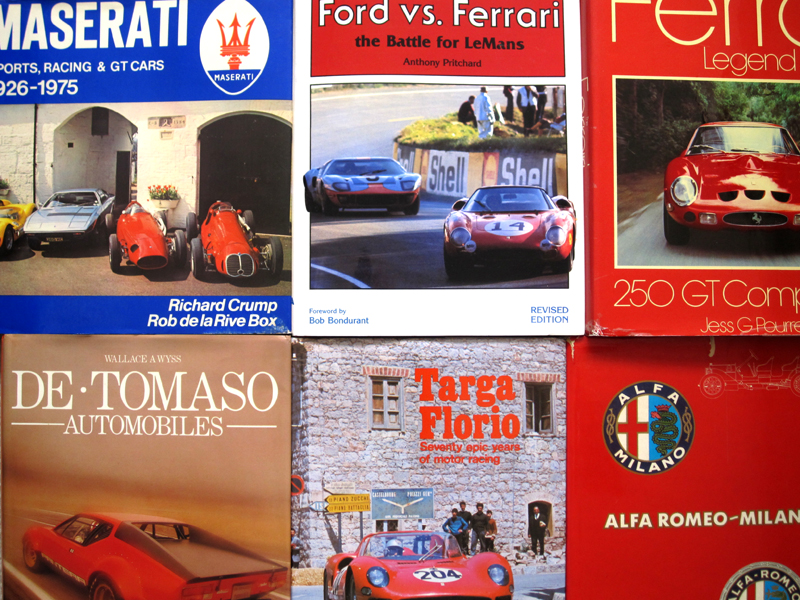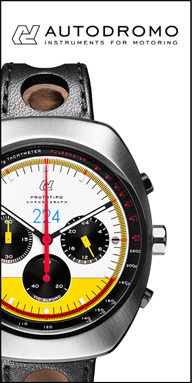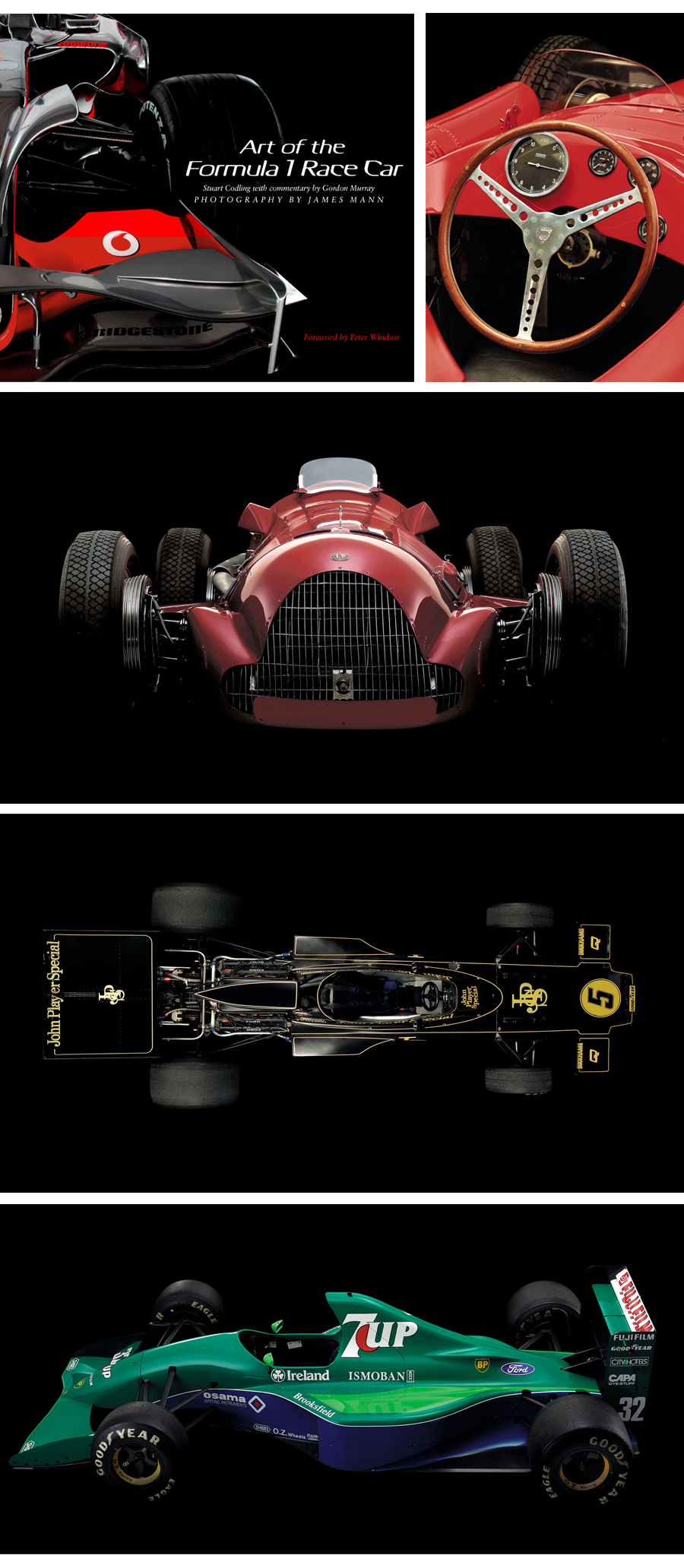
No matter what kind of cars you are into, I think most car buffs dream of discovering a rare and special car resting peacefully in a barn or garage somewhere, and taking that car home for peanuts in order to restore back to its former glory. For me, the first car I dreamt of doing that with was my Aunt’s 1974 Alfa Spider. It sat in her California garage – virtually rust free – for well over a decade, and was promised to me when I turned 15. But like many of these car love affairs, mine turned out to be unrequited, as my Aunt ultimately donated the Alfa to charity for a write-off before I was of age. As an adult now, I don’t blame her. The car wasn’t that rare, needed a ton of work, including an entire interior, paint, and a new top, and it ran pretty rough. But I sure wished at the time that I could have gotten my hands on that ivory colored convertible just for one drive around town, and I naively thought that I would be able to fix it up with my own bare hands!
If you can relate to my story, then you really will enjoy “The Cobra in the Barn” by Tom Cotter. This book, now in paperback, is a very enjoyable compilation of stories of automotive discoveries and improbable deal making that will give you a serious itch to start peeking into barns and garages for hidden treasures – just watch out for the old lady with the shotgun!
The writing is fun and conversational, and each anecdote is relatively short, making it a good book to pick up and put down at leisure. The prose is laced with nostalgia as well as wonder at the randomness of events that happen across time: One car was rescued from a barn after 30 years in hiding, and shortly thereafter the barn burned to the ground! There are some truly incredible stories in the book of hyper rare cars being tracked down due to a combination of dogged persistence and some major doses of dumb luck. Cotter, whose own collection of barn finds will make anyone’s jaw drop in jealousy, puts lie to some common wisdom that barn finds are merely examples of unloved machinery owned by people who don’t know what they have or care what happens to it.
I found it interesting to learn that in many cases, the owners of these “forgotten” automobiles were so attached to their derelict cars that a prospective buyer had to befriend the owner and in many cases nag him for years and years to sell before finally negotiating a deal. In many cases, the buyer only managed to seal the deal when the seller decided that his love object would be going to a good home, which is ironic when one considers the neglect that most of them are subjected to. Either that, or the car changed hands when someone finally kicked the bucket! In other words, it’s unlikely that you’ll be picking up a "sleeping beauty" Bugatti for 100 bucks from a farmer who thinks it’s a Model A Ford any time soon!
The Cobra in the Barn has something for everybody, as it recounts tales of Hot Rods, Woody Wagons as well as Delahayes and Ferraris. Not to mention Cobras of course! The book is also well served by color photos of the finds before and after restoration. My favorite story is the one about a certain collector who manages to locate the owner of a rare Porsche that others had sought for years, using nothing but 411 and deductive reasoning. He tracks down the car in less than 10 minutes on the phone!
In addition to the tales of “automotive archaeology,” the author is kind enough to give you, the reader, advice on how to go about finding your own cobwebbed treasure. Generally this is good advice (be curious to the point of nosiness, talk to people, be persistent) but at the same time it is akin to advice on how to win at the gambling table. Sure there is a technique to it, but you can spend a lot of time and money at it and still come up disappointed. Some of the men in the book broke some of the cardinal rules of car buying, like sending a check to a seller for a car, sight unseen and with no inspection. Of course, this being a compilation of amazing stories, those cars all turn out to be rare and valuable. But how many guys have bought a wreck out of a barn only to discover that it was a common car not worth the expense of restoration, or just rotted beyond saving? That is my only cynicism about the book; it provides you advice, tips and examples, but the results are pretty darn hard to emulate! Once you get into the book, though, you just want to believe that your own dusty dream car is out there waiting for you, without considering the headache and expense of research and restoration that come after you get it home! If you are a nostalgic type like me, you won’t be able to resist being carried away into the reverie of “what ifs” provided by “The Cobra in the Barn.”
If you want to pick up your own copy, you can order it from Motorbooks, or Amazon.
 Wednesday, July 20, 2011 at 11:05AM
Wednesday, July 20, 2011 at 11:05AM  There's something I just love about car books of the 1970s. They are often just packed so densely with archival photos and detailed history, plus the layout design is often really cool. They usually have a great old-book smell, too. I think the 70s was the golden age of car publishing, when printing technology was good enough to make affordable books with tons of high quality photos (many 1960's books have lousy printing quality, especially in color), and when the market really was open -for whatever reason- to geeky books about automotive arcania. The historians of the 70s took their job seriously, and fortunately for us, the protagonists of the 20 century's motoring history tended to still be alive and accessible in that era, providing a lot of great first-hand accounts of racing and automotive history which are increasingly hard to obtain today now that folks are dying off, or just tired of being interviewed.
There's something I just love about car books of the 1970s. They are often just packed so densely with archival photos and detailed history, plus the layout design is often really cool. They usually have a great old-book smell, too. I think the 70s was the golden age of car publishing, when printing technology was good enough to make affordable books with tons of high quality photos (many 1960's books have lousy printing quality, especially in color), and when the market really was open -for whatever reason- to geeky books about automotive arcania. The historians of the 70s took their job seriously, and fortunately for us, the protagonists of the 20 century's motoring history tended to still be alive and accessible in that era, providing a lot of great first-hand accounts of racing and automotive history which are increasingly hard to obtain today now that folks are dying off, or just tired of being interviewed. 70s,
70s,  Book review,
Book review,  book,
book,  car books,
car books,  vintage in
vintage in  Object of Desire
Object of Desire 


